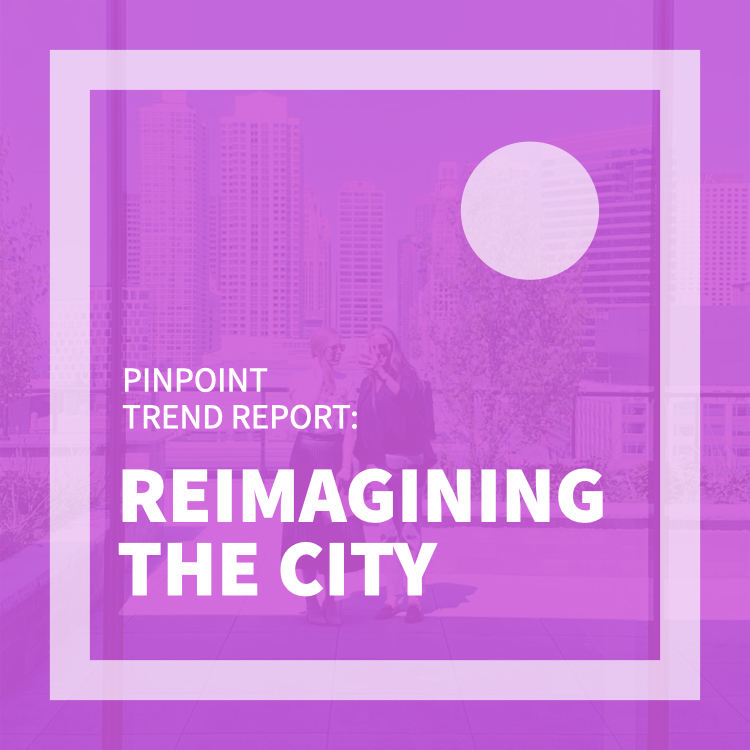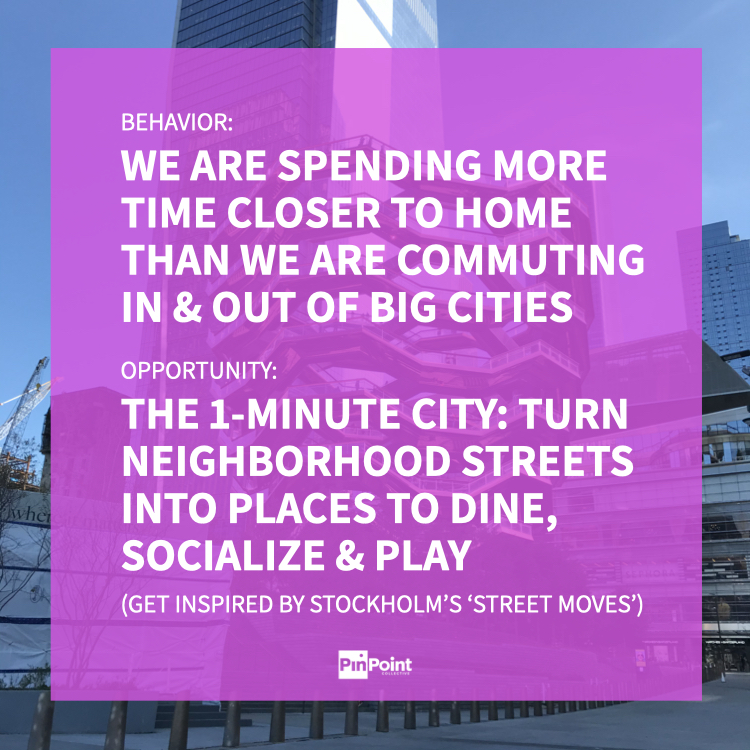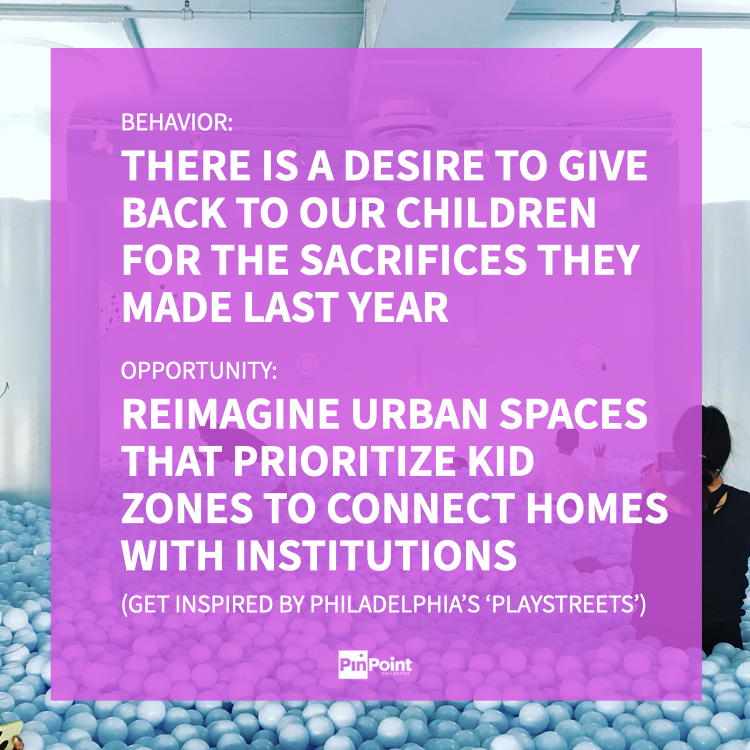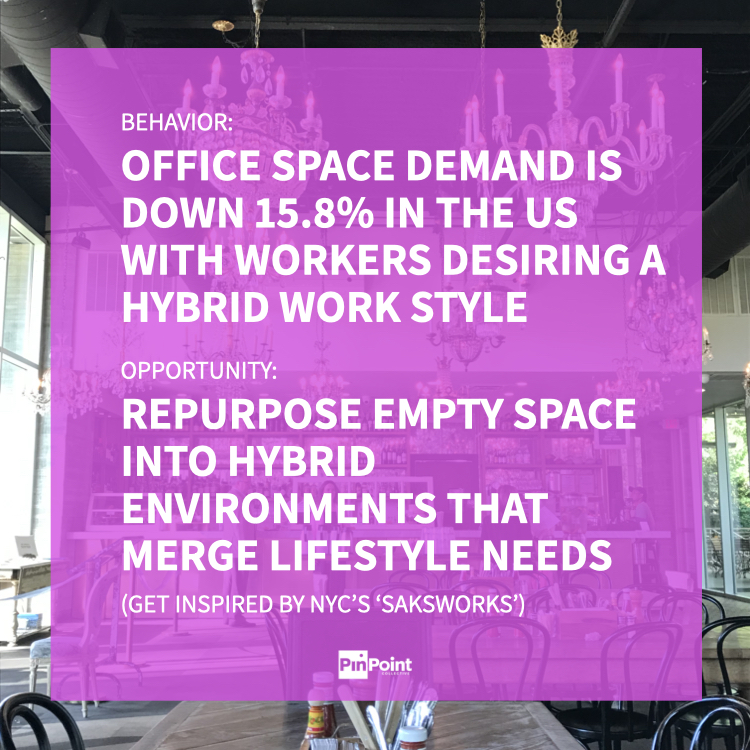Design with diversity, for diversity
Since the conception of PinPoint, we have prided ourselves on being a company ever evolving. None of this “signed, sealed and delivered” attitude (*although we love a great Stevie Wonder jam*), but rather embrace and appreciate that everything from our process to our team to the space we work in are, and should be, ever evolving.
We would be lying if we said this perspective wasn’t tiring, or many times, overwhelming. But in all honesty, most of the time it’s enlightening, inspiring and fueling. One of the core themes we have discussed at length with one another, fellow colleagues, and our Collective is around the definition and methodology of ‘human-centered design’. Besides the convoluted issues that come when a phrase such as “human-centered design” finds itself on the ol’list of buzzwords, we also believed there was a better way to express what it is we do, and more importantly believe in.
Over time, we’ve been able to put words to our beliefs. Most importantly, we can now communicate what resonates and what doesn’t resonate with the phrase ‘human-centered design’.
- Typically, ‘human-centered design’ refers to humans as ‘users’. We don’t know about you, but we don’t walk around the world saying we’re ‘users’. Instead, we’re ‘people’, ‘community members’, ‘part of a larger audience’ – that needs to be refined.
- ‘Human-centered design’ has always, will always, advocate for a ‘nothing about us without us’ methodology. No policy should be decided by representatives without the full and direct participation of the members it affects – HELL YES. But…
- Oftentimes, ‘human-centered design’ allows researchers and strategists to put themselves at the center of understanding. Yes, we may in fact be ‘a human’ that is part of the community we’re researching, but it’s important to hold ourselves accountable to look beyond our own lived experiences and approach every problem objectively. Otherwise, we prioritize our own biases and that’s unfair to the community we’re serving.
- Last but not least, one of the core tenants of ‘human-centered design’ is to empower iteration – nothing is precious. HCD encourages participants to prototype, break ideas and come up with crazy new ones. But too often, those learnings remain tribal knowledge and processes remain static. Screw that – the more we share, the more we learn, and the more iterative our processes become, the better we can serve the communities we value most.
For example sake, the following is a small sampling of statements that come directly from our Code Of Ethics. Every one of our employees and Collective members signs and agrees to these ethical guidelines designed to advance the quality of our organization. They are meant to provide general principles in which we will all stand for both individually and collectively:
Know our audience.
As impactful designers, in order to know whether we are solving the right problems, we need to meet the people who are having them. We strive to ensure those people are represented. The more we can reflect the audience we are designing for, the more thoroughly we can solve the actual problems they have. We will come at a problem from different points-of-view, from different backgrounds, from different sets of needs and experiences. That is the only way we will design meaningful and impactful solutions for our world.
Beyond the middle.
For years, people who weren’t in the majority were called ‘edge cases’ and marginalized. By subtracting the needs and opinions of those ‘edge cases’, we are making a decision that those people aren’t worth solving for. When we call someone an ‘edge case’, we’re defining the limits of what we care about. This can come in the form of immigrants who want to open a bank account and can’t get paperwork in their native language. This impacts the person in a wheel-chair who can not serve themselves at a buffet. This impacts gender fluid people who have no appropriate box to check on forms when applying for most anything. They are not ‘edge cases’. They are human beings and we owe them our best work.
After 3.5 years of the realizations above, it occurred to us that perhaps we needed new verbiage to accurately represent our approach beyond ‘human-centered design’. So with that in mind, we are proud to introduce our appreciation and adoption of….(*cue drumroll please*)…. Equity-Centered Innovation!
That’s nice, ladies (you might be thinking) but what exactly do you mean by that? Well, great question! Whereas equality means treating everyone the same, equity means providing everyone with what they need to have the same chance at success – and that only happens when we approach people as individuals and amplify their voices. As we learned above, it’s no longer enough for executives to sit around a boardroom making decisions based on what they ‘THINK people want.’ That’s what we’re here to change. Equity-centered innovation advances underrepresented audiences by incorporating their voices into the design process, allowing their voices, context, and needs to directly influence goals and outcomes that they ACTUALLY need.
Motivated by the evolved movement? Ready to learn and collaborate with your audience to be confident they have seats at your table? Let’s chat over a donut of course about your audience, your understanding of their existing needs, the solutions you have already provided and, like us, where you want to continue to evolve your business!



